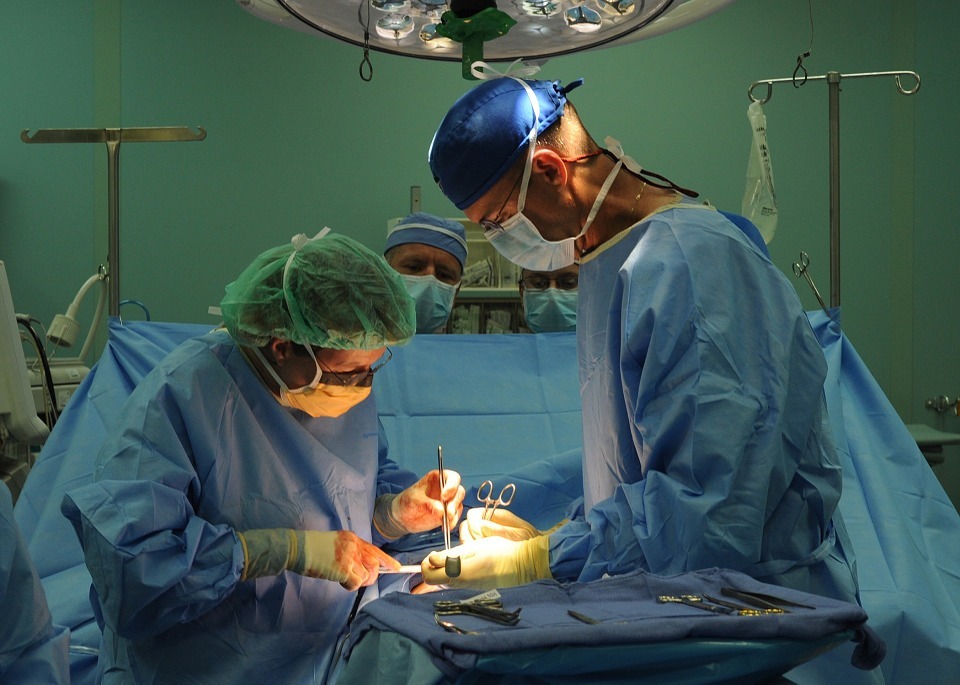Here’s a good question for all of you surgeons out there: should you remove the uterus when you spay a dog or a cat – or just remove the ovaries?
The question is interesting at two levels: first, of course, what is the correct answer, according to what we know from scientific data? And second, what is the correct answer for you, today, in the clinic where you’re working?
First, the all-important science. At a conference last year, a speaker presented **eighteen references that discuss the topic of ovariectomy and ovariohysterectomy.
In brief, the pros and cons were as follows:
The traditional approach – the full ovariohysterectomy – is still the preferred technique in most countries.
This is largely because of tradition, but also due to worries that if the uterus is not removed, vets fear that they may be judged liable for any subsequent diseases that may occur involving the uterus. The contra-argument is that once the ovaries have been removed, hormone-mediated disorders, including uterine disease, are far less likely to happen than in an entire bitch.
Meanwhile, multiple reviews have examined the short and long-term complications of ovariectomy and ovarohysterectomy, with the conclusion that there is no benefit from removing the uterus.
So why should it still be done?
The broad principle for surgeons should be that the technique used should be the quickest, safest, with least trauma to the patient. Logically, the ovariectomy wins in this regard: the surgery can be carried out via a smaller incision, with less handling of the animal’s tissues. Meanwhile, the ovariohysterectomy needs a bigger incision, more tissue is handled, incised and ligated, and it’s more time-consuming. There is also a higher risk of surgical complications such as post-operative bleeding, due to the larger blood vessels to the uterus that need to be transected and ligated. Additionally, there’s a higher risk of complications such as ligation of the urethra, uterine stump adhesions and ovarian remnants (because the incision is more caudal).
So according to the science, yes, we should be removing just the ovaries, leaving the uterus behind.
What about the second question: what should you do today, in your place of work?
This is more complicated: many vets – especially older vets – are familiar with the traditional ovariohysterectomy.
They have carried out this procedure so many times that for these surgeons, arguably the technique is the quickest and safest method, causing least trauma to their patients. And therefore, this is the technique they should be using.
Furthermore, if you work in a clinic, your working methods need to be carried out in line with the practice policy, which in most cases, is still probably to continue to do full ovariohysterectomies.
So what should you do?
This is a good example of the importance of discussion and debate within a practice. You may simply be happy to continue to carry out the standard method used in your clinic. But if, having reviewed the evidence, you decide that you would strongly prefer to carry out a novel method, you need to discuss this at practice meetings.
Prepare a case, printing out reviews and references, and present a strong argument in your favour.
If your suggestion is turned down, ask if you can bring the subject up again in a further six months. Then make a note of the date in your diary, and do exactly that. Eventually, as the word of a better, smoother, easier technique gradually spreads around the veterinary community across the country, it’s likely that your clinic will come around to the newer method.
Of course, the follow up question is: what about using a laparascope to spay a bitch. That’s a question for another day…
Dr Pete Wedderburn BVM&S CertVR MRCVS
**eighteen references that discuss the topic of ovariectomy and ovariohysterectomy
Kustritz MV: Determining the optimal age for gonadectomy of dogs and cats, J Am Vet Med Assoc.2007 Dec 1;231(11):1665-75.
Reichler IM: Gonadectomy in cats and dogs: a review of risks and benefits. Reprod Domest Anim. 2009 Jul;44 Suppl 2:29-35.
Root Kustritz MV: Effects of surgical sterilization on canine and feline health and on society. Reprod Domest Anim. 2012;47 Suppl 4:214-222.
Root Kustritz MV: Pros, cons, and techniques of pediatric neutering. Vet Clin North Am Small Anim Pract. 2014 Mar;44(2):221-33.
Van Goethem B, Schaefers-Okkens A, Kirpensteijn J: Making a rational choice between ovariectomy and ovariohysterectomy in the dog: a discussion of the benefits of either technique. Vet Surg. 2006 Feb;35(2):136-43.
McGrath H, Hardie RJ, Davis E: Lateral flank approach for ovariohysterectomy in small animals. Compendium on Continuing Education for the Practicing Veterinarian. 2004;26(12):922.
DeTora M, McCarthy RJ: Ovariohysterectomy versus ovariectomy for elective sterilization of female dogs and cats: is removal of the uterus necessary? J Am Vet Med Assoc. 2011 Dec 1;239(11):1409-12.
Peeters ME, Kirpensteijn J: Comparison of surgical variables and short-term postoperative complications in healthy dogs undergoing ovariohysterectomy or ovariectomy. J Am Vet Med Assoc. 2011 Jan 15;238(2):189-94.
Reece JF, Nimesh MK, Wylie RE, Jones AK, Dennison AW:Description and evaluation of a right flank, mini-laparotomy approach to canine ovariohysterectomy. Vet Rec. 2012 Sep 8;171(10):248.
Harris KP, Adams VJ, Fordyce P, Ladlow J: Comparison of surgical duration of canine ovariectomy and ovariohysterectomy in a veterinary teaching hospital. J Small Anim Pract. 2013 Nov;54(11):579-83.
Devitt CM, Cox RE, Hailey JJ: Duration, complications, stress, and pain of open ovariohysterectomy versus a simple method of laparoscopic-assisted ovariohysterectomy in dogs. J Am Vet Med Assoc. 2005 Sep 15;227(6);921-7.
Culp WT, Mayhew PD, Brown DC: The effect of laparoscopic versus open ovariectomy on postsurgical activity in small dogs. Vet Surg. 2009 Oct;38(7);811-817.
Case JB, Marvel SJ, Boscan P, Monnet EL: Surgical time and severity of postoperative pain in dogs undergoing laparoscopic ovariectomy with one, two or three instrument cannulas. J Am Vet Med Assoc. 2011 Jul 15;239(2):203-208.
Pope JF, Knowles TG: Retrospective analysis of the learning curve associated with laparoscopic ovariectomy in dogs and associated perioperative complication rates. Vet Surg. 2014 Aug;43(6):668-677.
Concannon, P.W. 2011. Reproductive Cycles of the Domestic Bitch. Animal Preproduction Science 124, Pages 200-210.
England, G and Heimendahl, A von (Eds). 2010. BSAVA Manual of Canine and Feline Reproduction and Neonatology, 2nd edition. British Small Animal Association, Gloucester, United Kingdom.
Galac S ET AL 2000. TERMINATION OF MID-GESTATION PREGNANCY IN BITCHES WITH AGLEPRISTONE, a progesterone receptor antagonist. Theriogenology. 2000, 53(4):941-50.
Maenhoudt C et al 2012. Results of GnRH agonist implants in oestrus induction and oestrus suppression in bitches and queens. Reproduction in Domestic Animals 47 Suppl 6:393-7.
Reference list courtesy of the Small Animal Surgery stream at the UCD Veterinary Conference in 2015.


